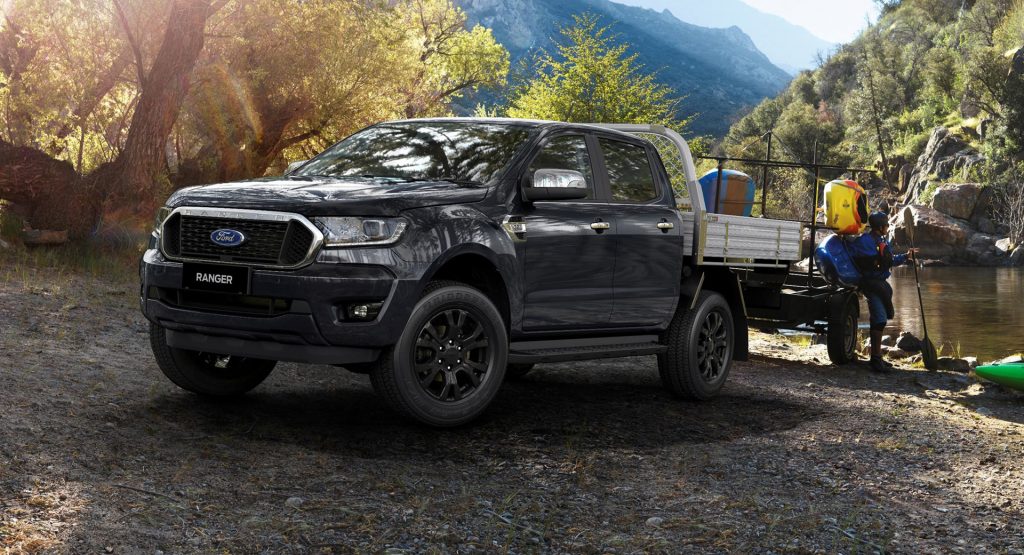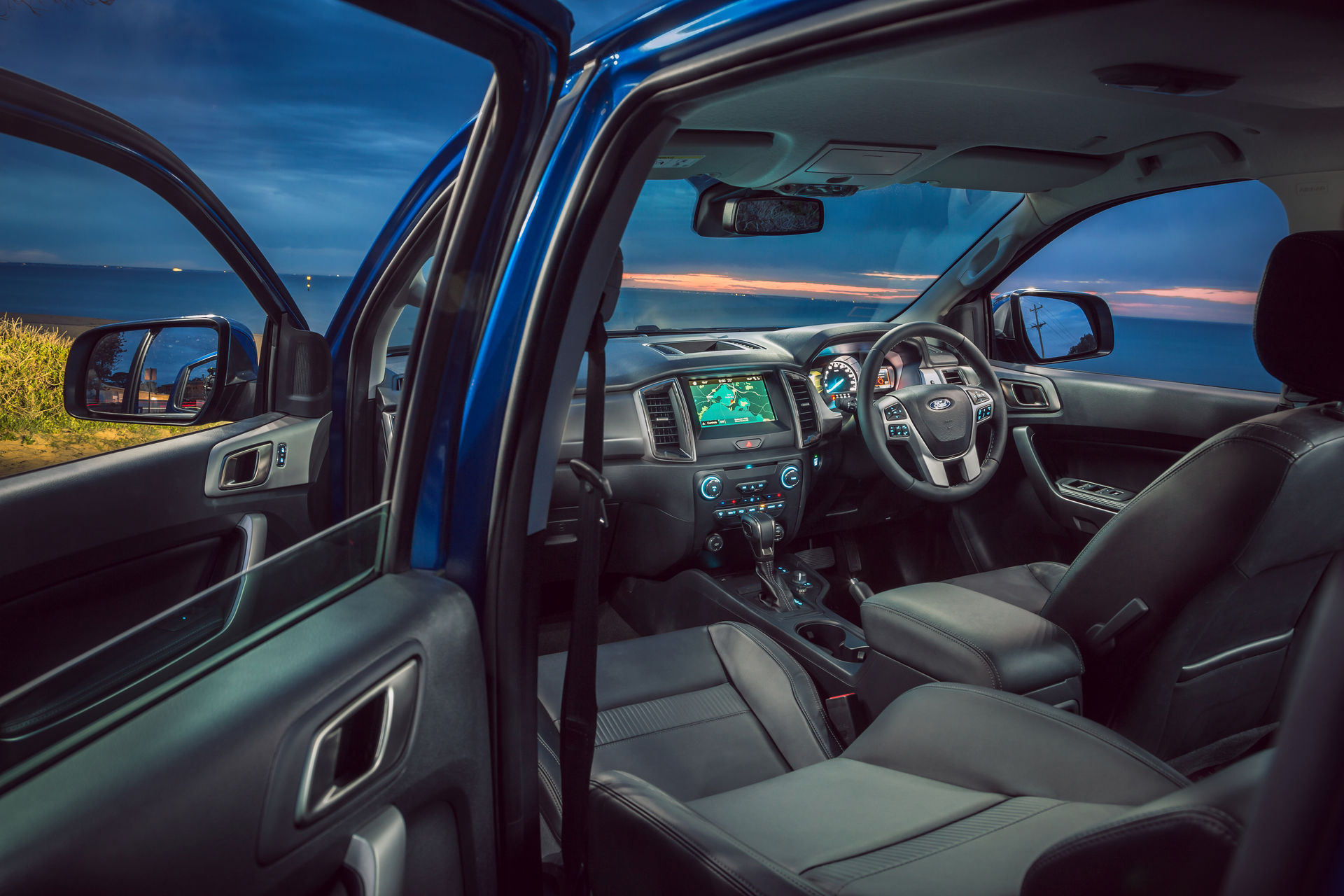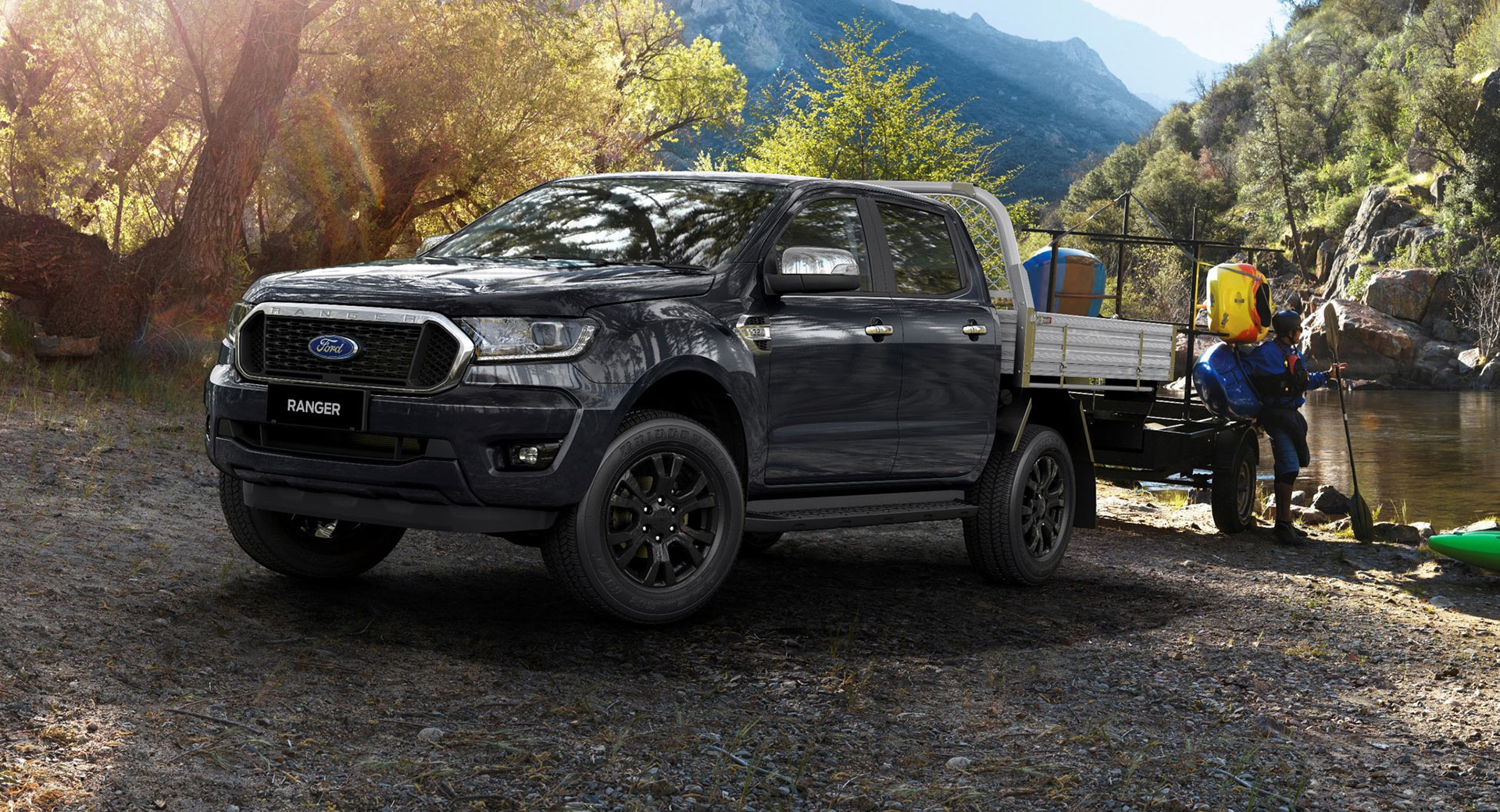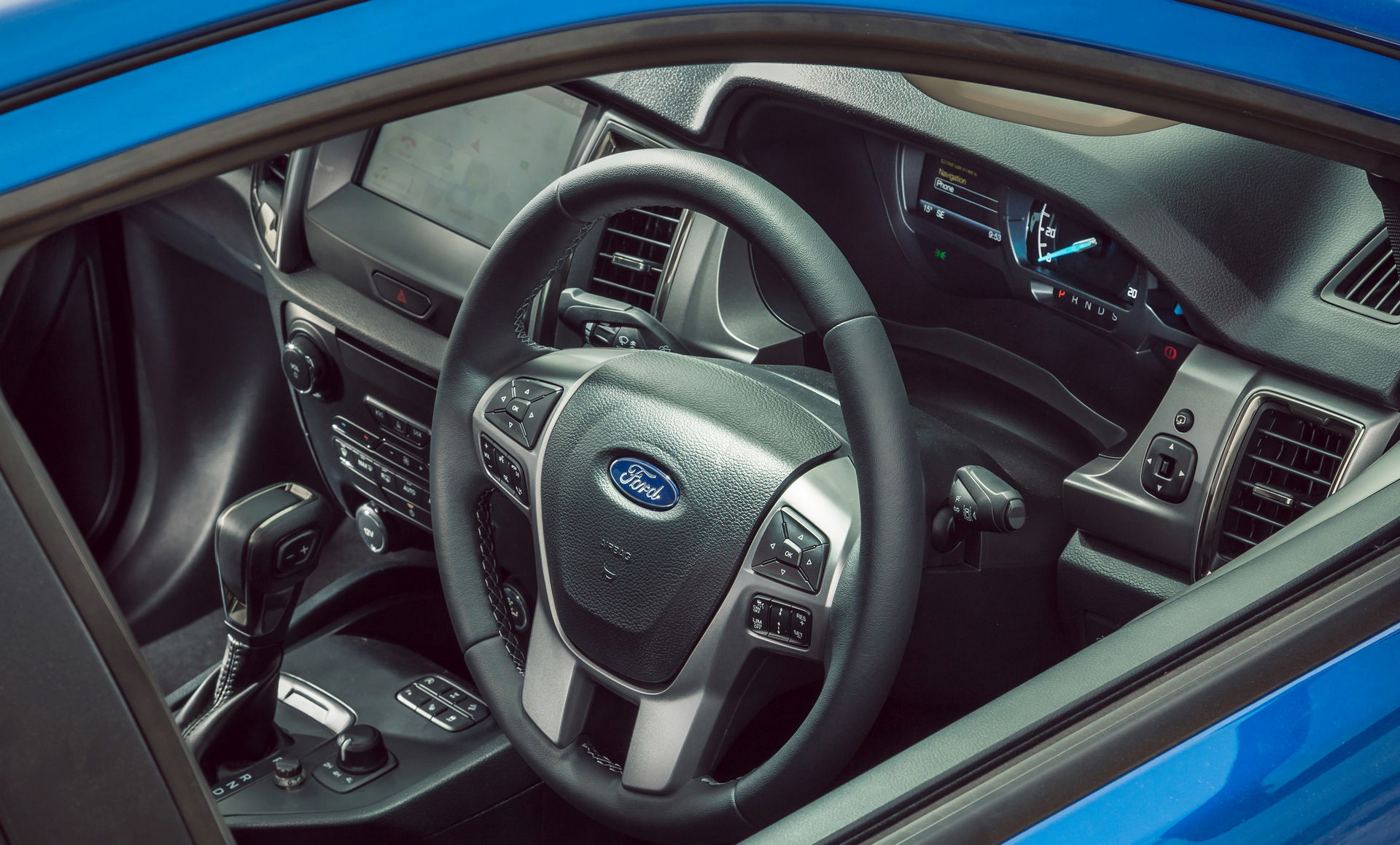Ford Australia has introduced a new variant of the popular Ranger known as the 4×4 XLT Double Cab Chassis.
Set to hit the market from December, Ford describes the 4×4 XLT Double Cab Chassis as “the most content-rich, feature packed Ranger Cab Chassis offered in Australia to date.” With that in mind, the vehicle brings with it lots of safety features and is well-equipped for towing.
As the name implies, all Ranger 4×4 XLT Double Cab Chassis models feature a switchable on-the-fly four-wheel drive system and also lands standard with 17-inch alloy wheels. The pickup also includes a standard tow-bar assembly and wiring.
Two engines are available. The first is a 2.0-liter twin-turbocharged four-cylinder that was first introduced with the Ranger Raptor. In the 4×4 XLT, this engine is rated at 210 hp and 369 lb-ft (500 Nm) of torque and is sold exclusively with a 10-speed automatic transmission. Also on offer is a 3.2-liter turbodiesel five-cylinder diesel engine offered with a six-speed manual and a six-speed automatic.
Read Also: 2020 Ford Ranger Family Gets Updates And New Wildtrak X Model In Australia
Key safety features found across the range include AEB with Pedestrian Detection as well as Sync 3 with Emergency Assist and FordPass Connect. The Ranger also comes with an 8.0-inch touchscreen that includes DAB+ audio as well as Apple CarPlay and Android Auto compatibility. The built-in satellite navigation also increases Ford’s breadcrumbs feature.
“Customers looking for Ranger’s high safety and equipment levels who want to add their own customised canopies or personalisation tray set-up can now do so with far more ease,” Ford Australia and New Zealand president and chief executive Andrew Birkic said in a statement. “Owners have told us that they want to save time and money with a ready-to-go, high-spec Ranger Cab Chassis that they can purchase straight off the showroom floor, and the 4×4 XLT Double Cab Chassis is here for these customers, be they tradespeople, adventurers or explorers.”
Local pricing kicks off at AU$56,240 (US$40,880) and tops out at AU$59,940 (US$43,570).






